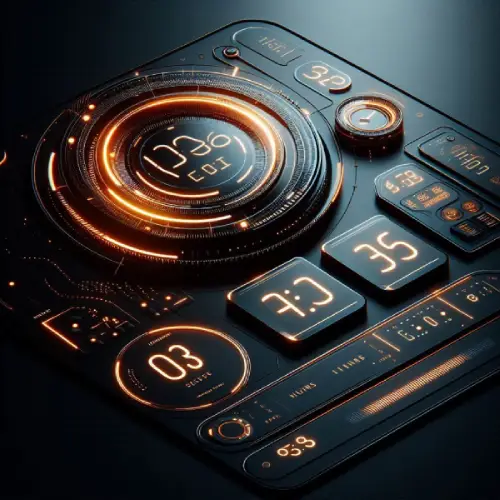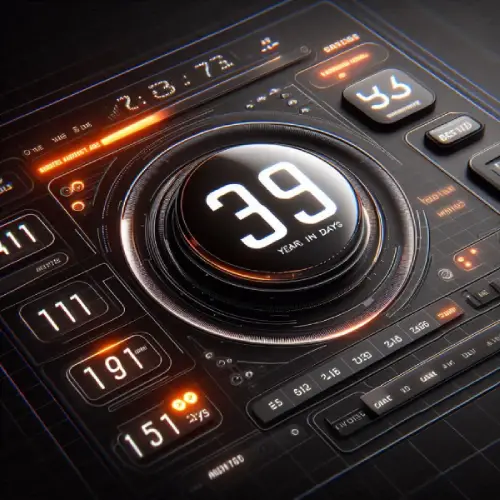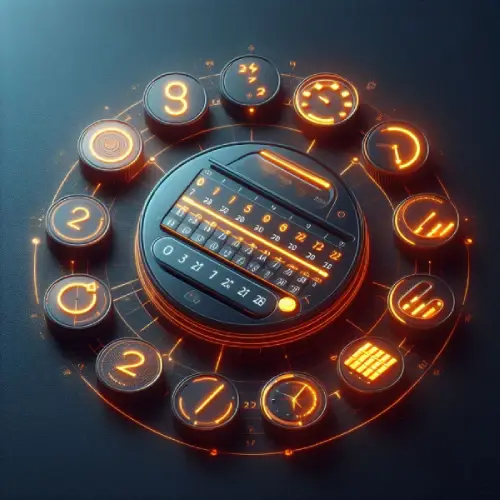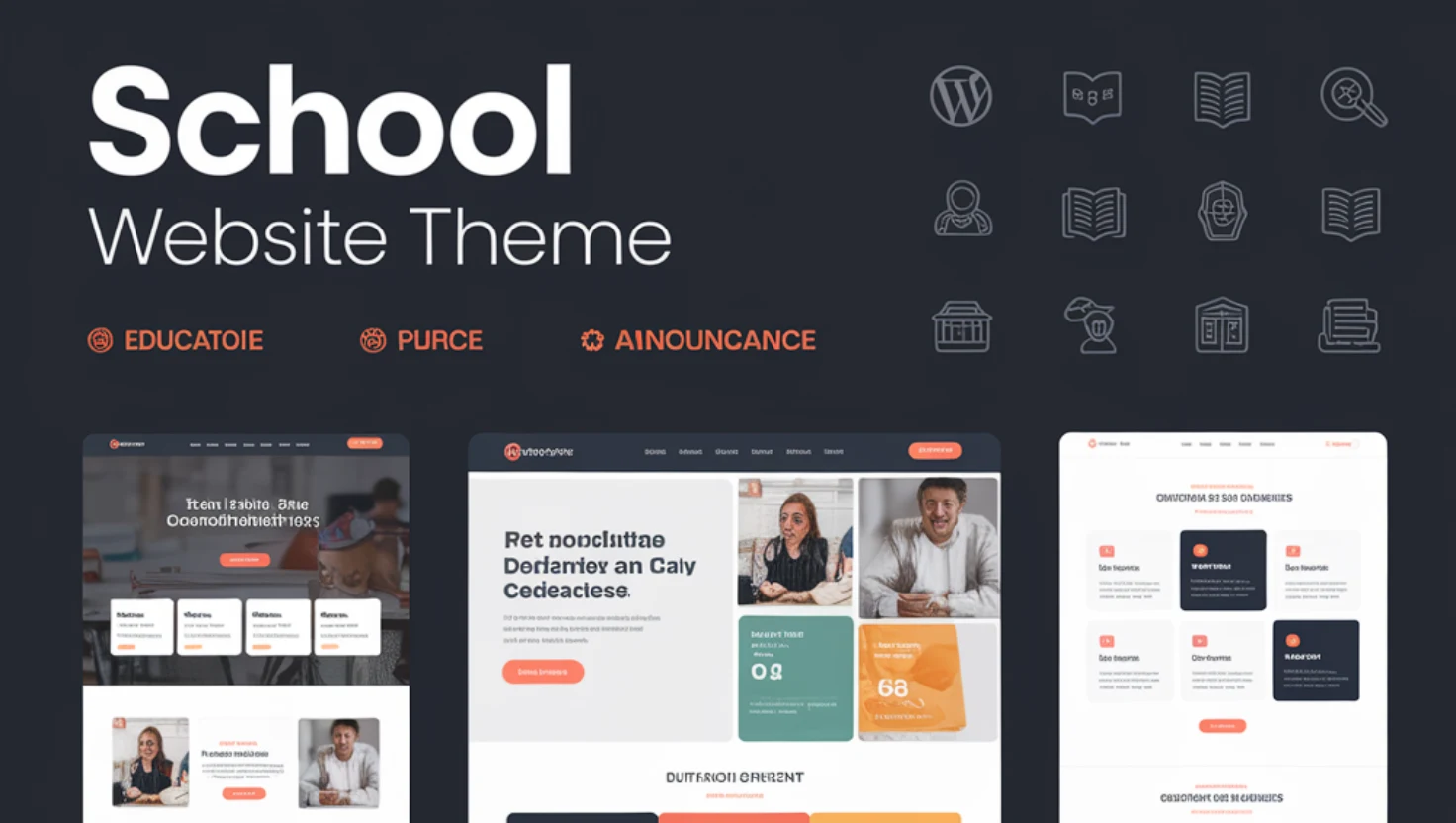Table of Contents
In the fast paced world of web design grabbing user attention is crucial. With the average human attention span now shorter than that of a goldfish (8 seconds according to a Microsoft study) designers are constantly seeking innovative ways to engage visitors. One such method that has gained popularity is the use of CSS wave animations. These animations can add a dynamic visually appealing element to your website making it stand out in a sea of static pages.
But what exactly are CSS wave animations and how can they be implemented effectively? In this blog post we’ll explore the problem of static uninspiring web designs agitate the need for more engaging user experiences and provide a comprehensive solution using CSS wave animations. We’ll also delve into real-world examples case studies and best practices to help you master this technique.
The Problem Static Web Designs Fail to Engage
The Problem Static Web Designs Fail to Engage
In the early days of the internet static web pages were the norm. These pages were simple straightforward and served their purpose well. However as technology advanced and user expectations grew static designs began to fall short. Users now expect more interactive and engaging experiences when they visit a website.
According to a study by Google 53% of mobile site visits are abandoned if a page takes longer than three seconds to load while this statistic primarily highlights the importance of speed it also underscores the need for engaging content that keeps users on the page. Static designs no matter how visually appealing often fail to hold user interest.
The Challenge of Balancing Aesthetics and Performance
One of the biggest challenges web designers face is balancing aesthetics with performance Wwile animations and interactive elements can enhance user experience they can also slow down page load times if not implemented correctly. This is where CSS wave animations come into play. They offer a lightweight efficient way to add motion to your design without compromising performance.
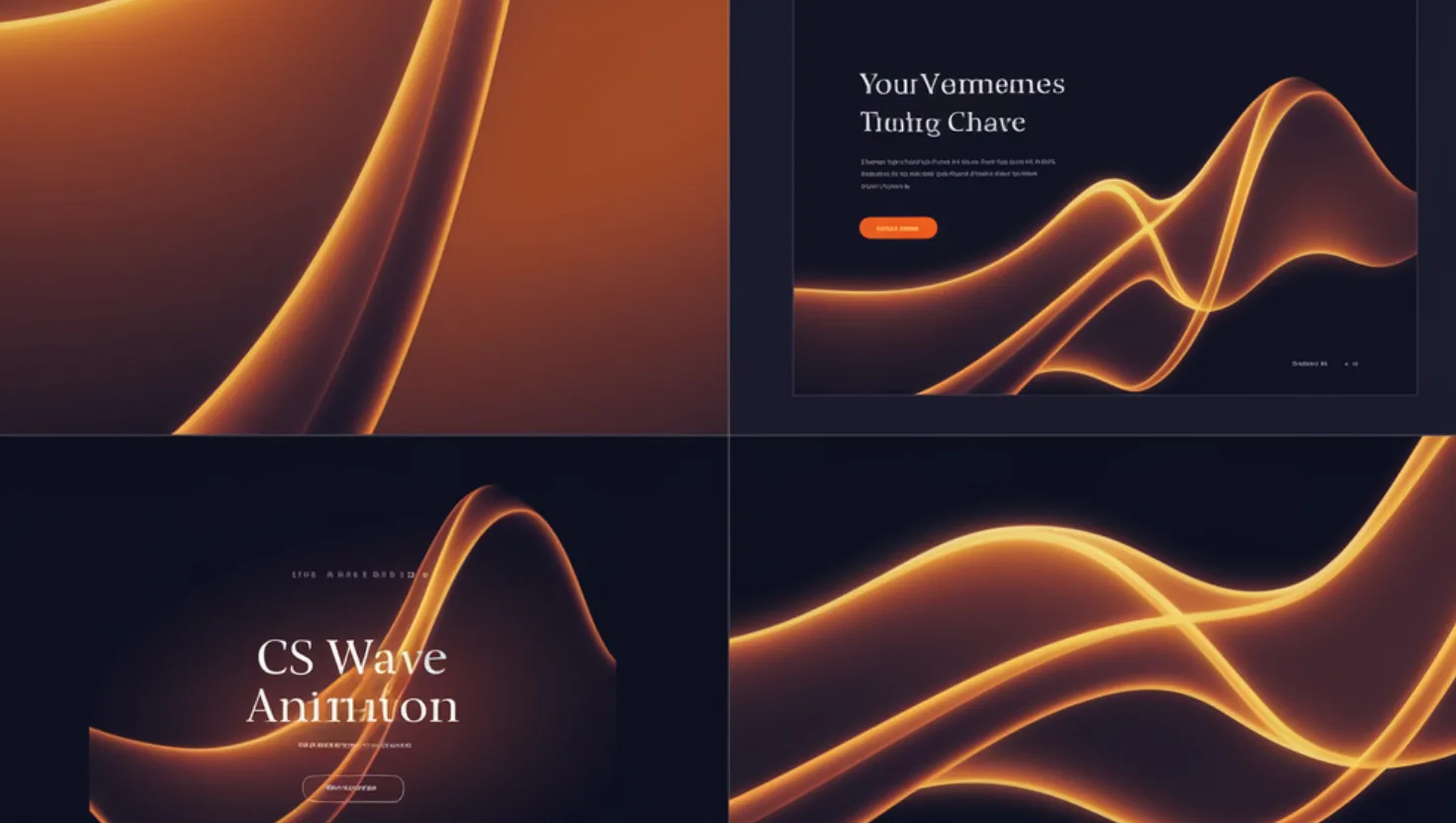
Agitate The Need for Dynamic Engaging Web Experiences
The Rise of Motion Design in Web Development
Motion design has become a cornerstone of modern web development. From subtle hover effects to full-page animations motion can guide users provide feedback and create a more immersive experience. According to a report by Nielsen Norman Group animations can improve user understanding and satisfaction when used appropriately.
However, not all animations are created equal Poorly executed animations can be distracting confusing or even annoying this is why it is crucial to choose the right type of animation for your website. CSS wave animations with their smooth flowing motion are an excellent choice for adding a touch of elegance and dynamism to your design.
The Impact of Wave Animations on User Engagement
Wave animations in particular have a unique ability to draw the eye and create a sense of movement and flow. They can be used to highlight key sections of a page guide users through content or simply add a decorative element a case study by the design agency Fantasy found that incorporating wave animations into a client’s website led to a 20% increase in user engagement and a 15% increase in time spent on the site.
These statistics highlight the potential impact of wave animations on user engagement. By adding motion to your design you can create a more engaging and memorable experience for your visitors.
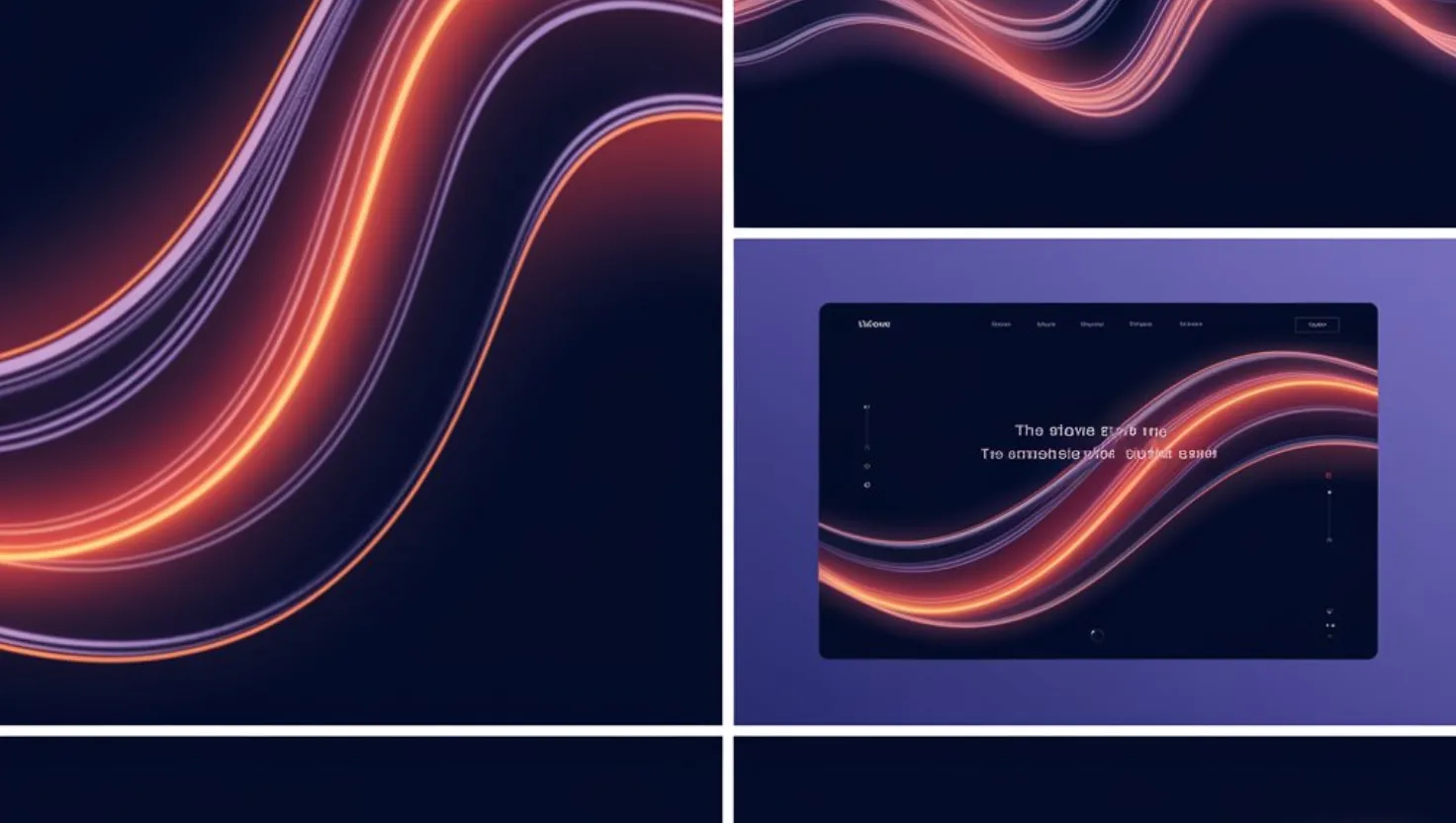
The Solution Mastering CSS Wave Animations
The Solution Mastering CSS Wave Animations
CSS wave animations are created using CSS (Cascading Style Sheets) the language used to style web pages. Unlike JavaScript-based animations CSS animations are typically more performant and easier to implement. They work by defining keyframes that specify the start and end points of an animation and then applying those keyframes to an element.
Wave animations in particular involve creating a series of curves that move in a wave-like pattern. This can be achieved using CSS properties such as transform animation and @keyframes. The result is a smooth-flowing animation that can be customized to fit your design.
Step-by-Step Guide to Creating a CSS Wave Animation
Let’s walk through the process of creating a simple CSS wave animation. We’ll start with a basic example and then explore ways to customize and enhance it.
1. Setting Up the HTML Structure
First, we need to create the HTML structure for our wave animation. We’ll use a div element to represent the wave.
<div class="wave"></div>
2. Styling the Wave with CSS
Next, we’ll style the wave using CSS. We’ll set the width height and background color and position it at the bottom of the page.
Real-World Examples
.wave {
position absolute
bottom 0
left 0
width 100%
height 100px
background linear-gradient(90deg #00C9FF 0% #92FE9D 100%)
}
3. Creating the Wave Effect with @keyframes
Now we’ll create the wave effect using CSS @keyframes. We’ll define two keyframes one for the start of the animation and one for the end. We’ll use the transform property to move the wave horizontally.
@keyframes waveAnimation {
0% {
transform translateX(0)
}
100% {
transform translateX(-100%)
}
}
4. Applying the Animation to the Wave
Finally, we’ll apply the animation to the wave using the animation property. We’ll set the duration timing function and iteration count to create a smooth continuous wave effect.
.wave {
animation: waveAnimation 2s linear infinite;
}
Advanced Techniques for Customizing Wave Animations
While the basic wave animation is a great starting point there are many ways to customize and enhance it. Here are a few advanced techniques to consider
1. Adding Multiple Waves
To create a more complex wave effect you can add multiple waves with different speeds and directions. This can create a more dynamic layered effect.
<div class="wave wave-1"></div>
<div class="wave wave-2"></div>
<div class="wave wave-3"></div>
.wave-1 {
animation waveAnimation 3s linear infinite
}
.wave-2 {
animation waveAnimation 4s linear infinite
opacity 0.7
}
.wave-3 {
animation waveAnimation 5s linear infinite
opacity 0.5
}
2. Using SVG for More Complex Waves
For more complex wave shapes you can use SVG (Scalable Vector Graphics) instead of CSS. SVG allows you to create intricate scalable graphics that can be animated using CSS or JavaScript.
<svg class="wave" viewBox="0 0 1440 320" xmlns="http://www.w3.org/2000/svg">
<path d="M0,160L48,149.3C96,139,192,117,288,128C384,139,480,181,576,181.3C672,181,768,139,864,128C960,117,1056,139,1152,149.3C1248,160,1344,160,1392,160L1440,160L1440,320L1392,320C1344,320,1248,320,1152,320C1056,320,960,320,864,320C768,320,672,320,576,320C480,320,384,320,288,320C192,320,96,320,48,320L0,320Z"></path>
</svg>
.wave {
position: absolute;
bottom: 0;
left: 0;
width: 100%;
height: auto;
animation: waveAnimation 5s linear infinite;
}
3. Combining Waves with Other Animations
You can combine wave animations with other types of animations such as fade-ins scale effects or color changes to create a more immersive experience.
@keyframes fadeIn {
0% {
opacity 0
}
100% {
opacity 1
}
}
.wave {
animation: waveAnimation 2s linear infinite fadeIn 3s ease-in-out;
}
Real-World Examples and Case Studies
To further illustrate the impact of CSS wave animations let’s look at a few real-world examples and case studies.
Example 1 Airbnb’s Loading Animation
Airbnb uses a subtle wave animation in its loading screen to create a calming engaging experience for users. The animation is simple yet effective helping to reduce perceived wait times and keep users engaged.
Example 2 Stripe’s Homepage
Stripe’s homepage features a dynamic wave animation that guides users through the content the animation is smooth and unobtrusive adding a touch of elegance to the design without distracting from the main message.
Case Study Fantasy Agency
As mentioned earlier the design agency Fantasy implemented wave animations on a client’s website resulting in a 20% increase in user engagement and a 15% increase in time spent on the site the animations were used to highlight key sections of the page and create a more immersive experience.
Best Practices for Using CSS Wave Animations
While CSS wave animations can be a powerful tool it’s important to use them wisely. Here are a few best practices to keep in mind
Keep it Subtle Avoid overloading your page with too many animations. Subtle well-placed animations are more effective than overwhelming ones.
Optimize for Performance Ensure your animations are lightweight and don’t negatively impact page load times. Use CSS animations instead of JavaScript whenever possible.
Test Across Devices Make sure your animations work well on all devices including mobile and tablet. Test for performance and usability on different screen sizes.
Use for a Purpose Don’t add animations just for the sake of it. Use them to enhance user experience guide users or highlight important content.
Conclusion
CSS wave animations offer a simple yet effective way to add motion and engagement to your web design. By understanding the problem of static uninspiring designs agitating the need for more dynamic experiences and providing a comprehensive solution you can create websites that captivate and engage users.
Whether you are a seasoned web designer or just starting out mastering CSS wave animations is a valuable skill that can elevate your designs and set your websites apart. By following the steps and best practices outlined in this post you will be well on your way to creating stunning engaging web experiences that keep users coming back for more.
So what are you waiting for? Dive into the world of CSS wave animations and start transforming your web designs today!
also if you need webtools like: css prettifer , CSS Minifier, CSS Button Generator, CSS Box Shadow Generator

